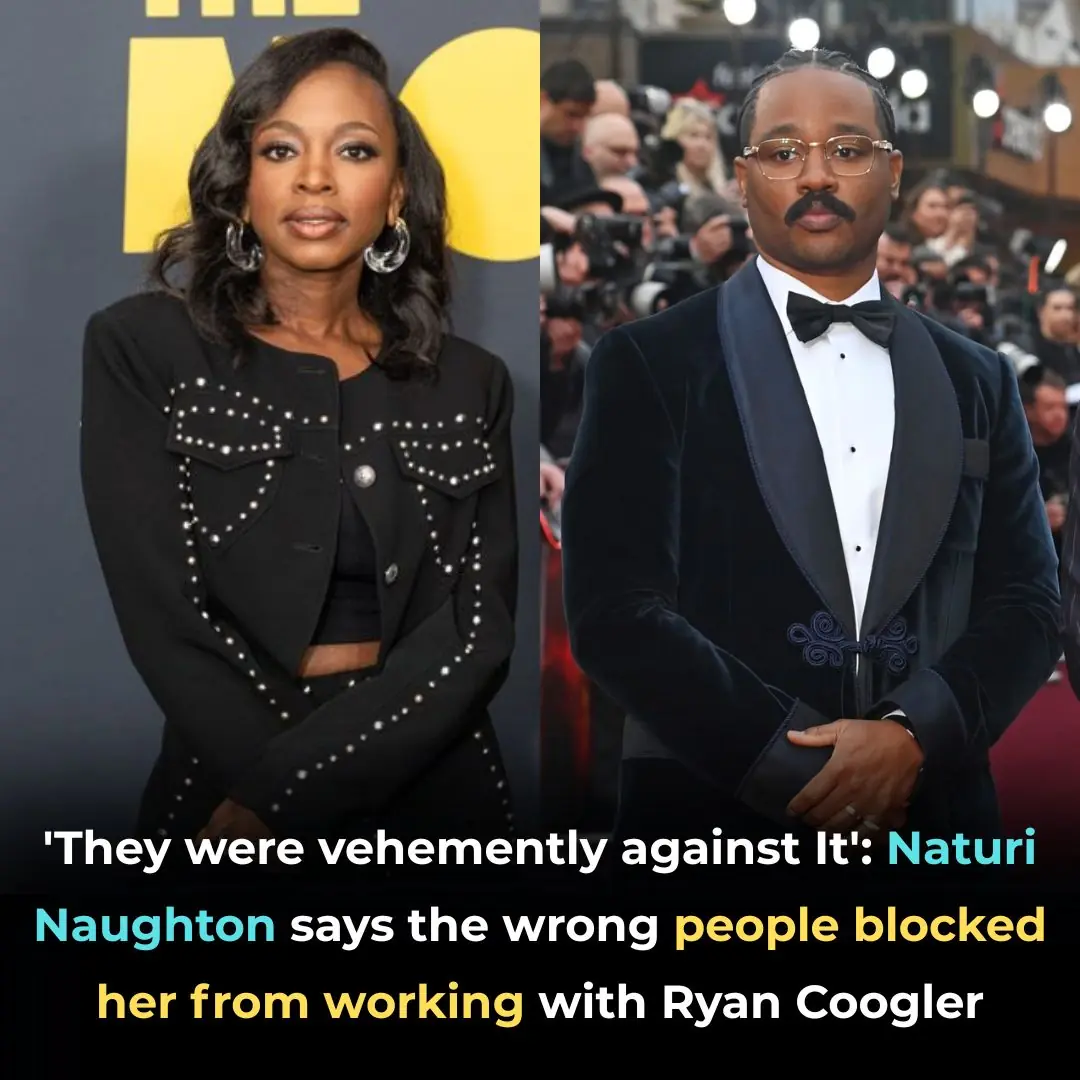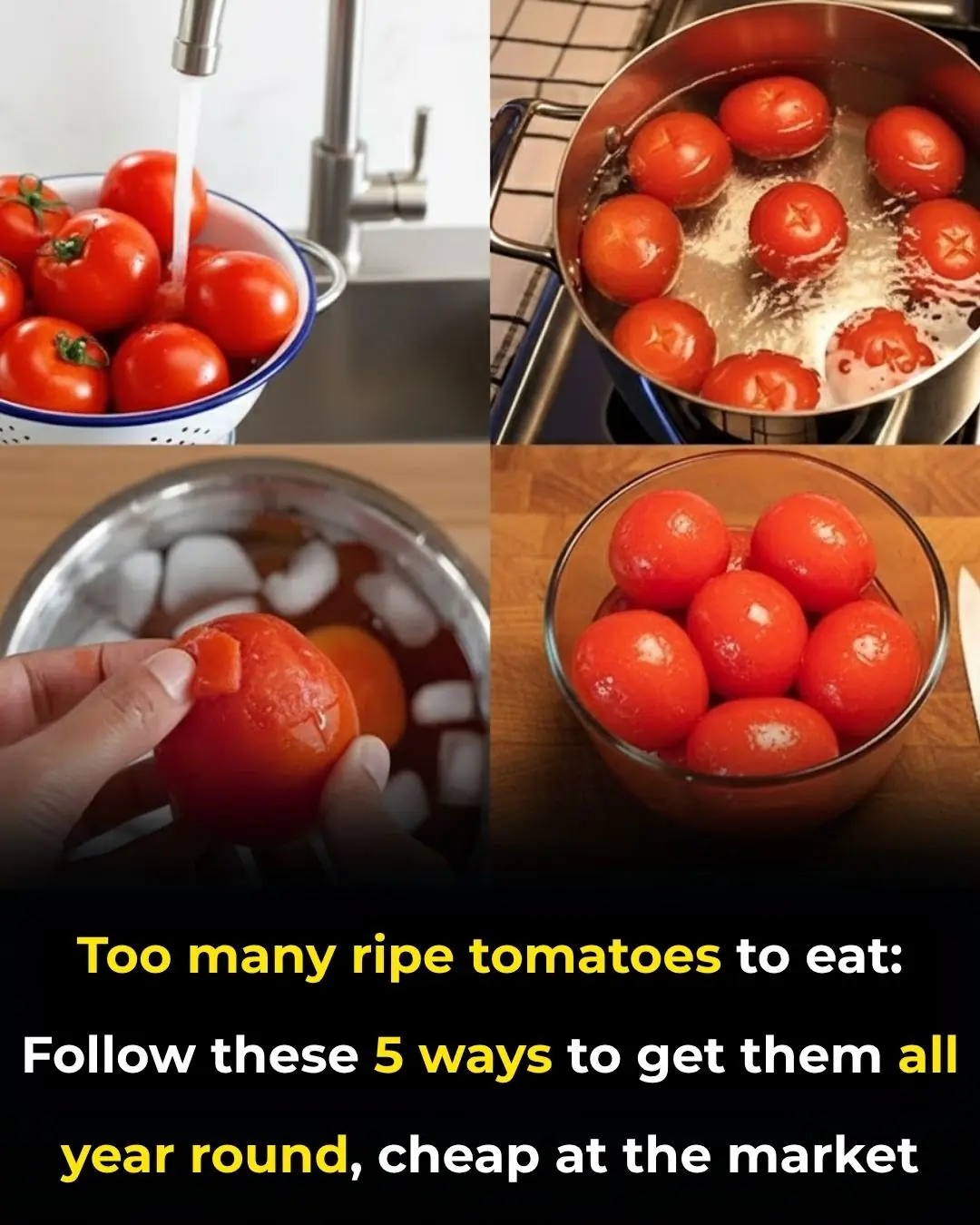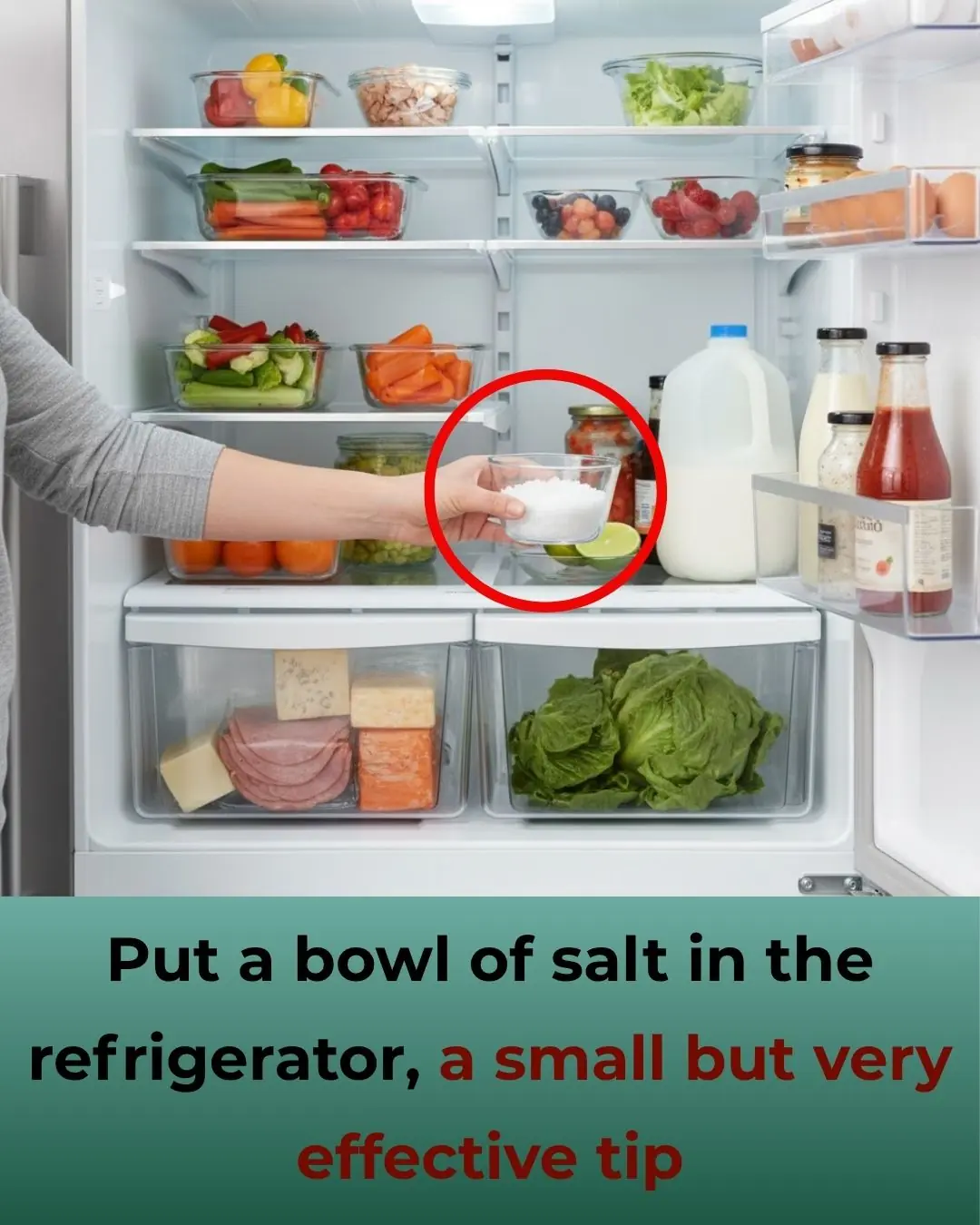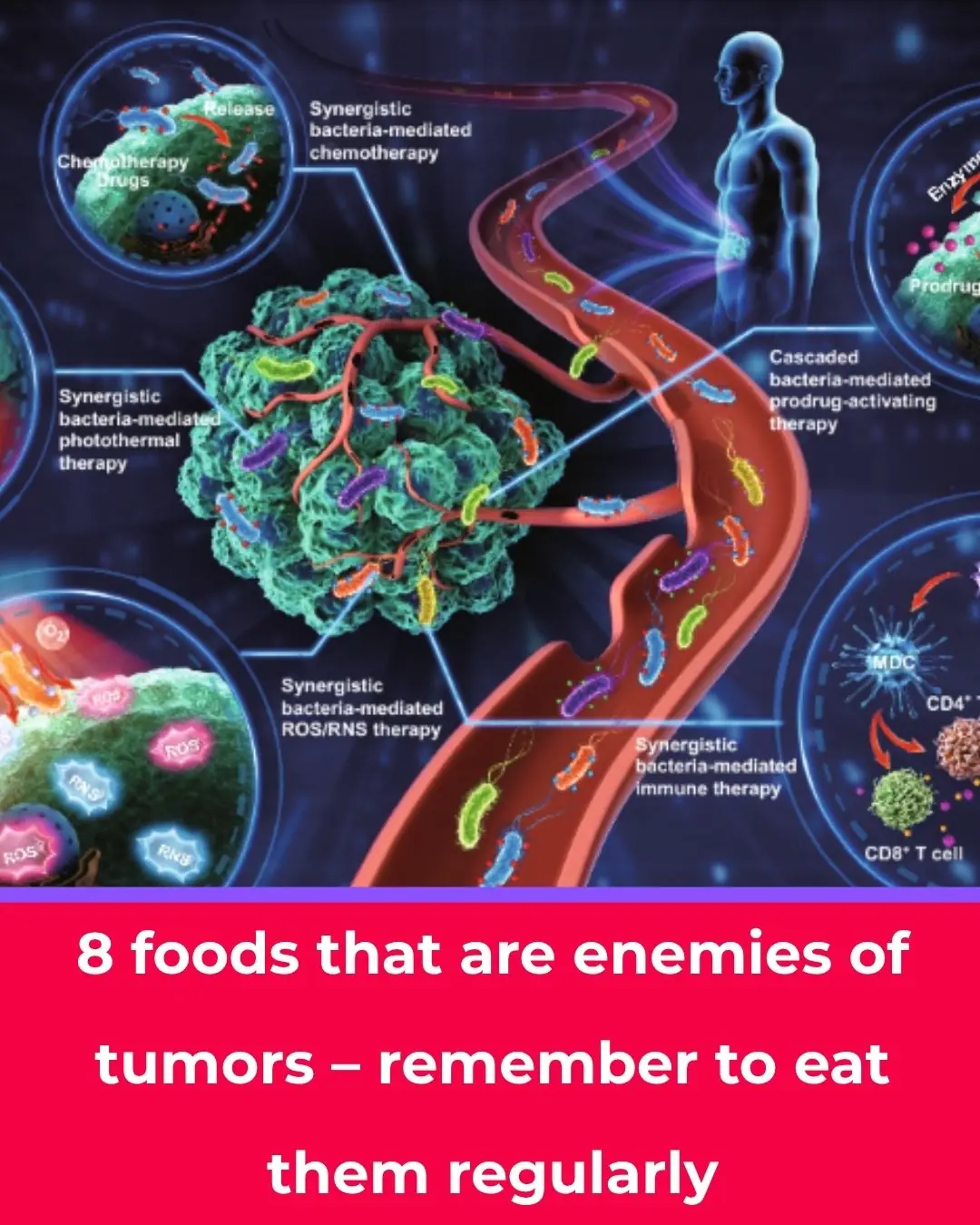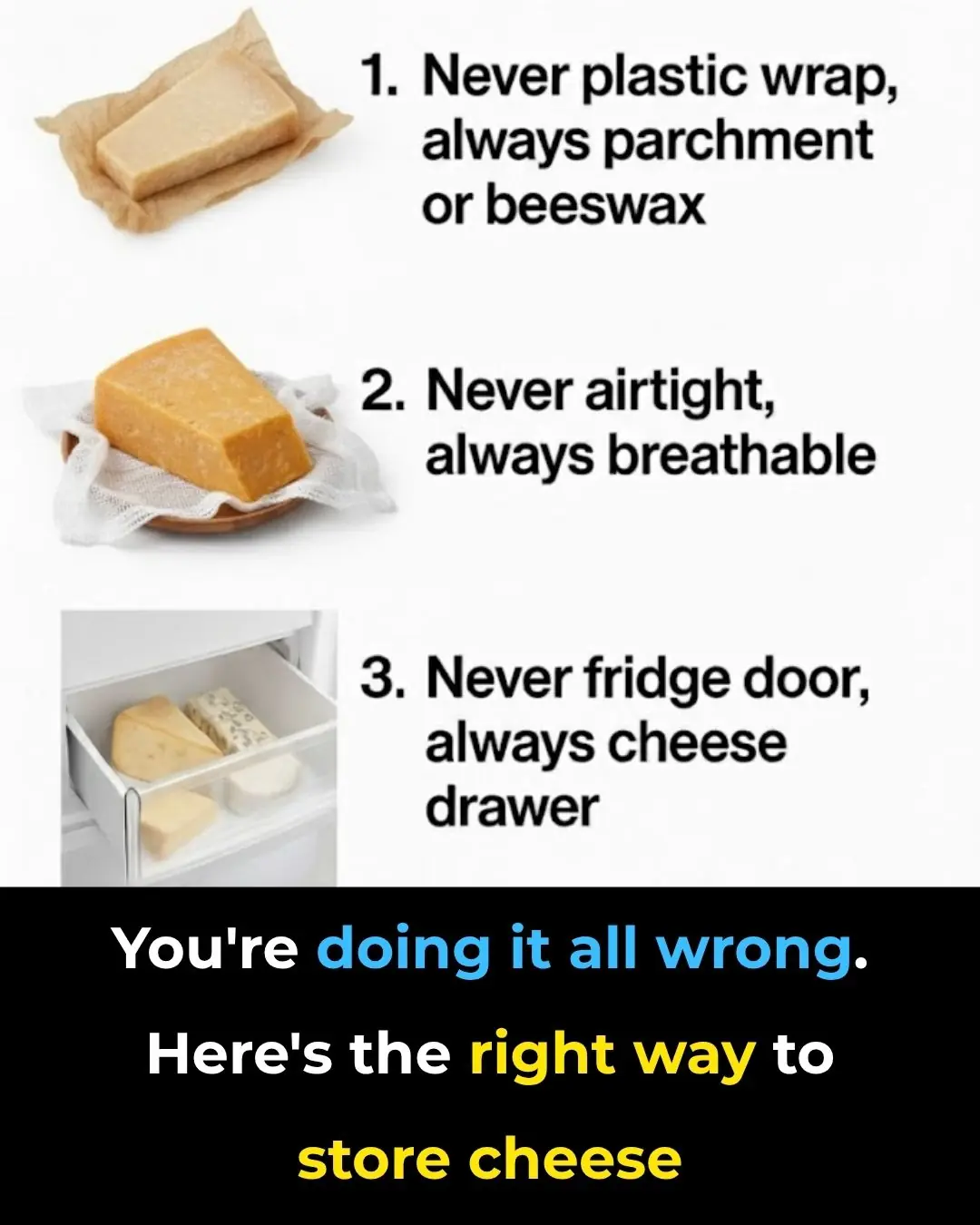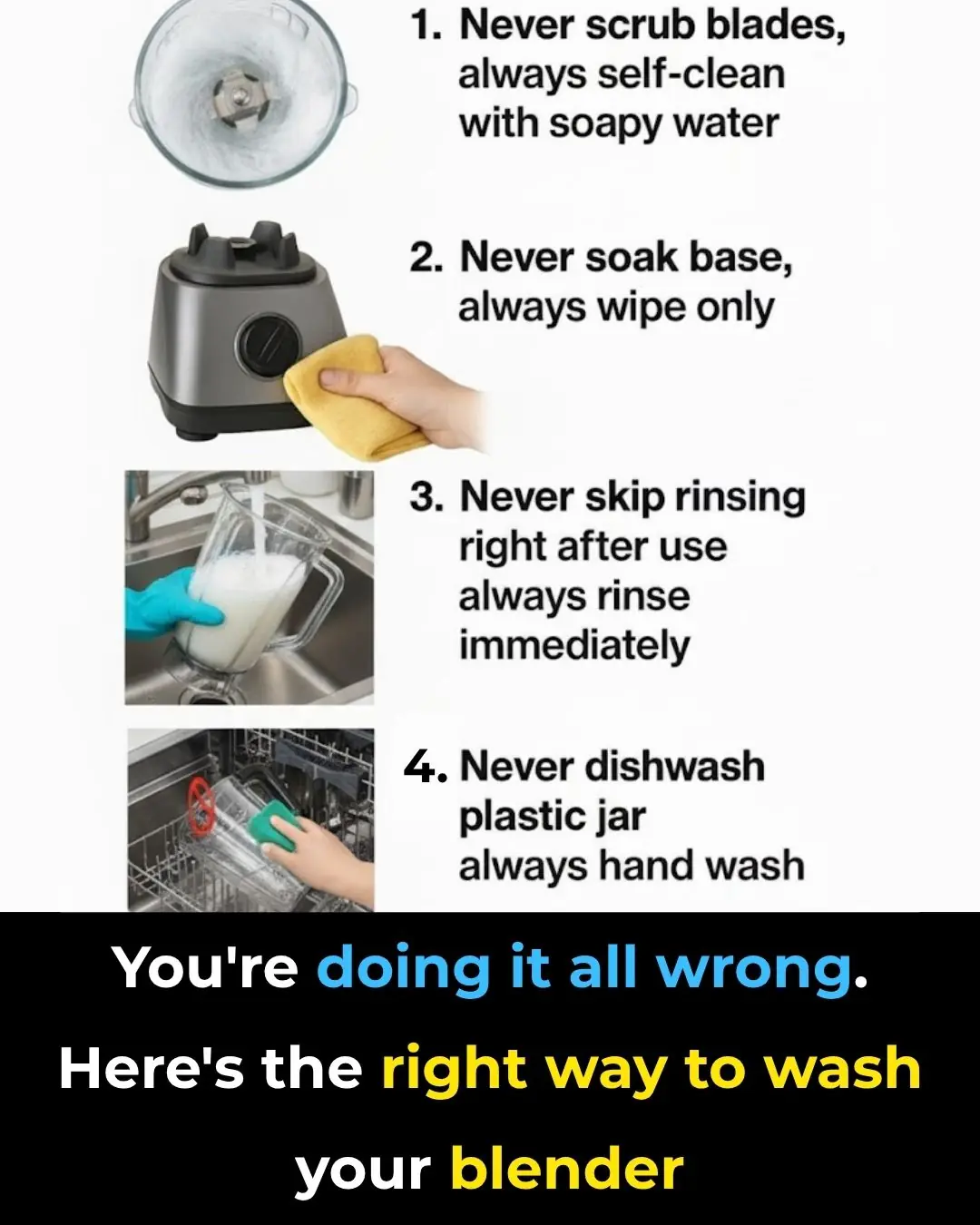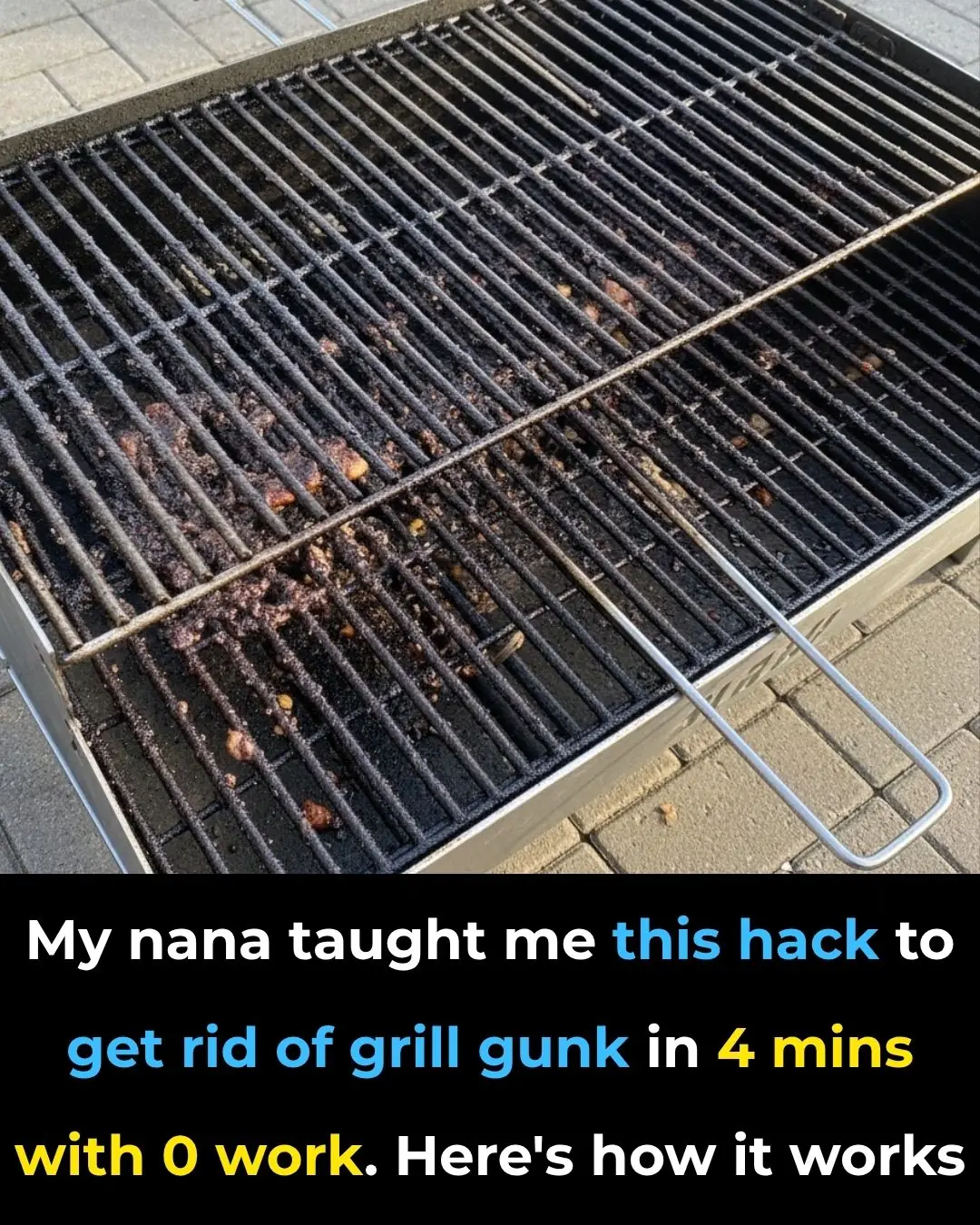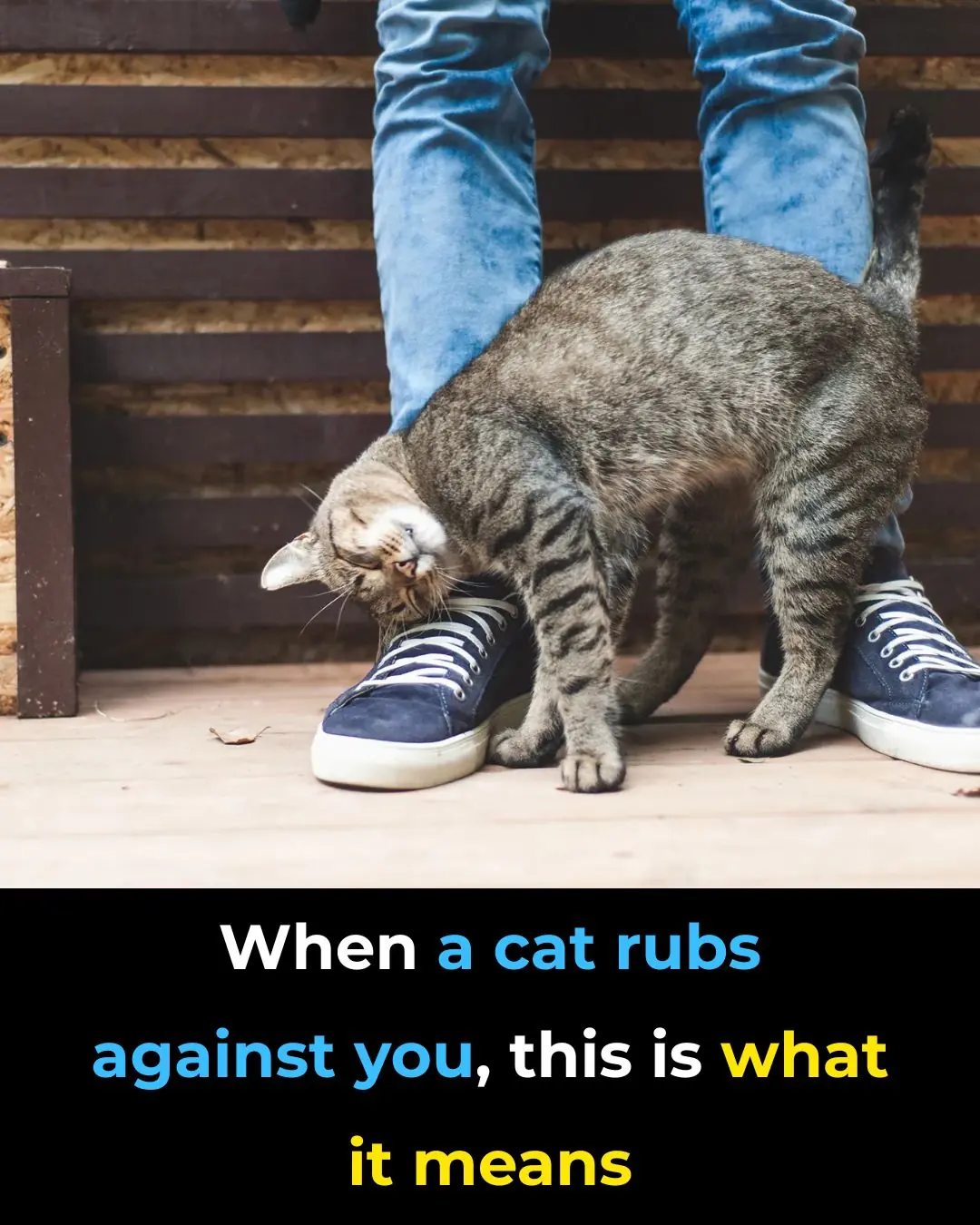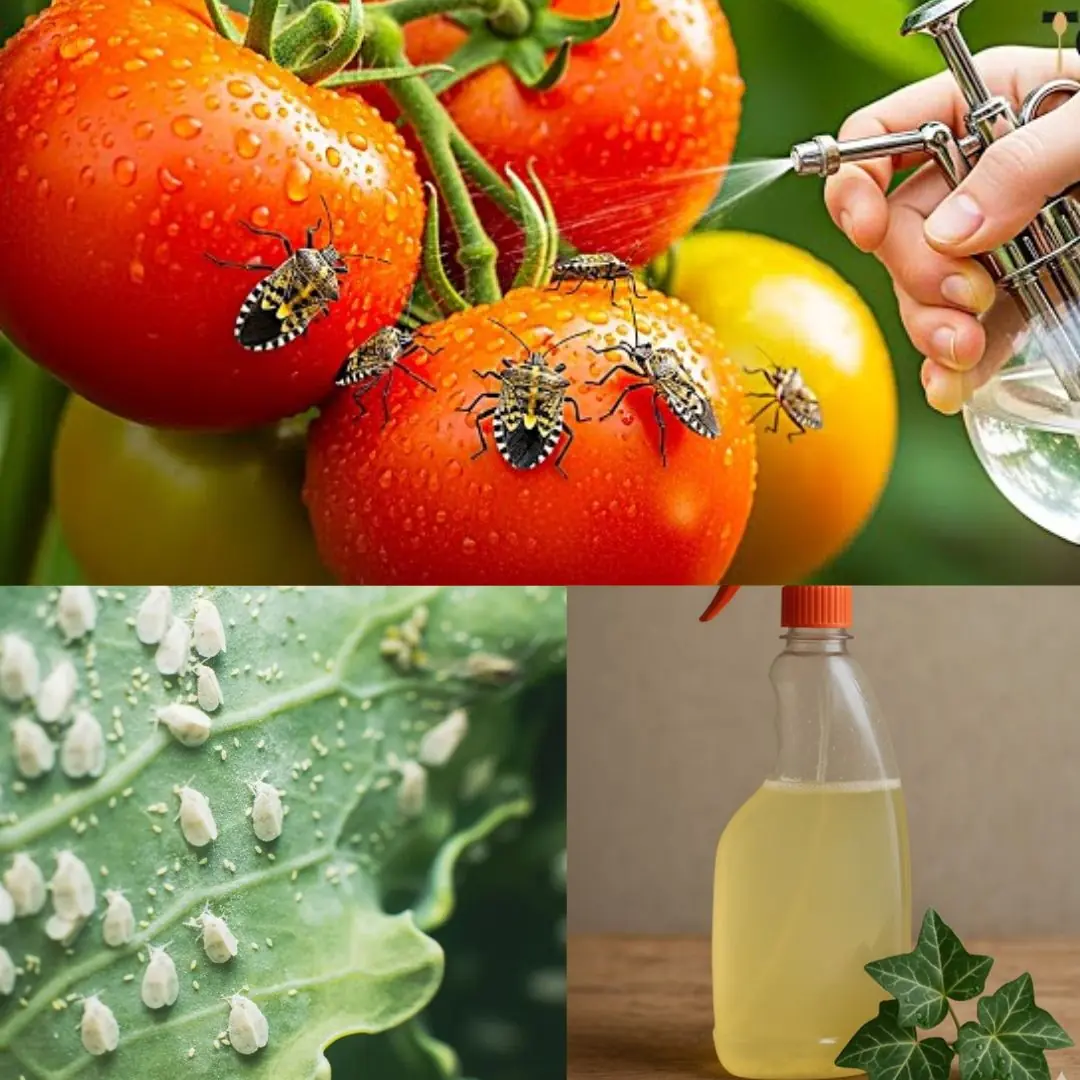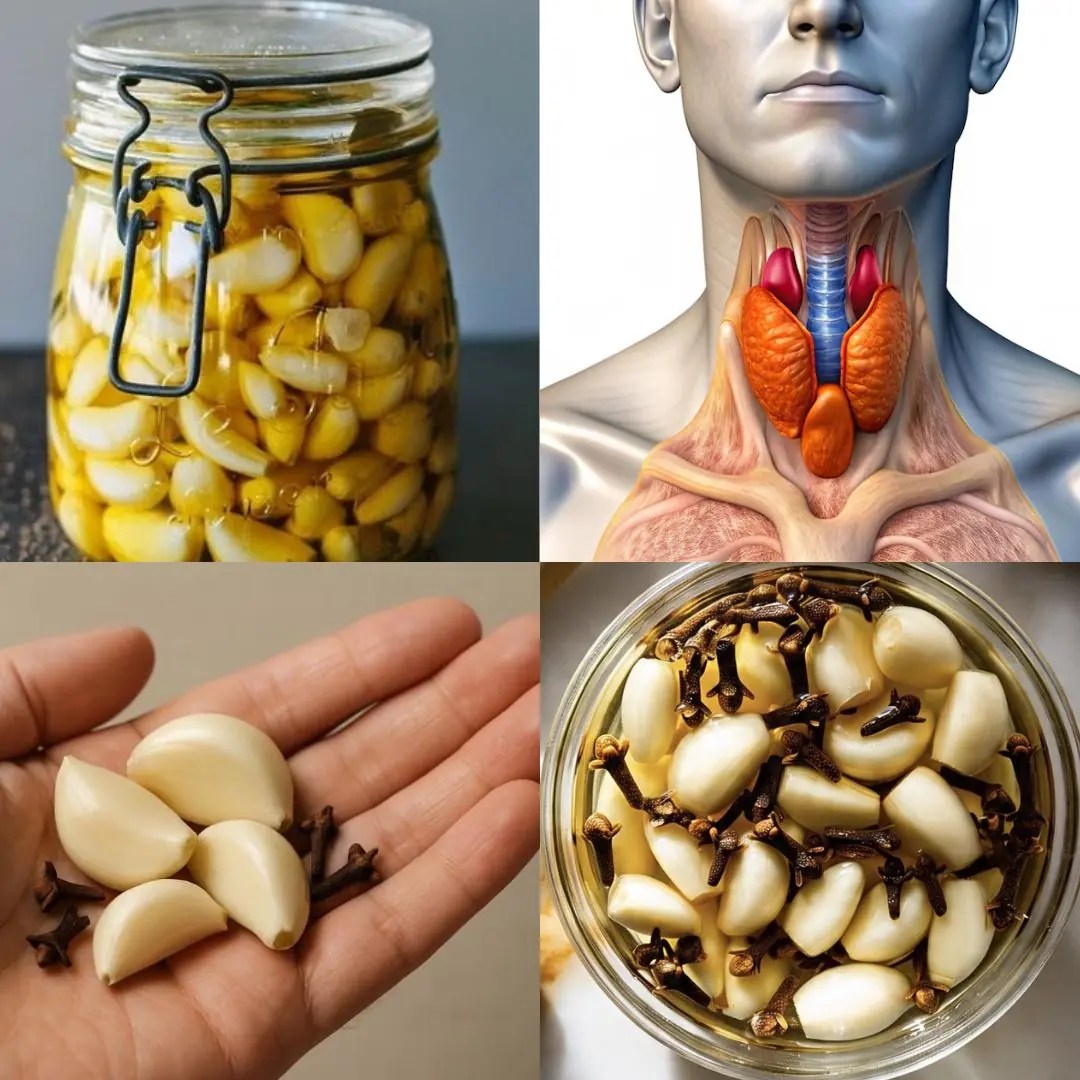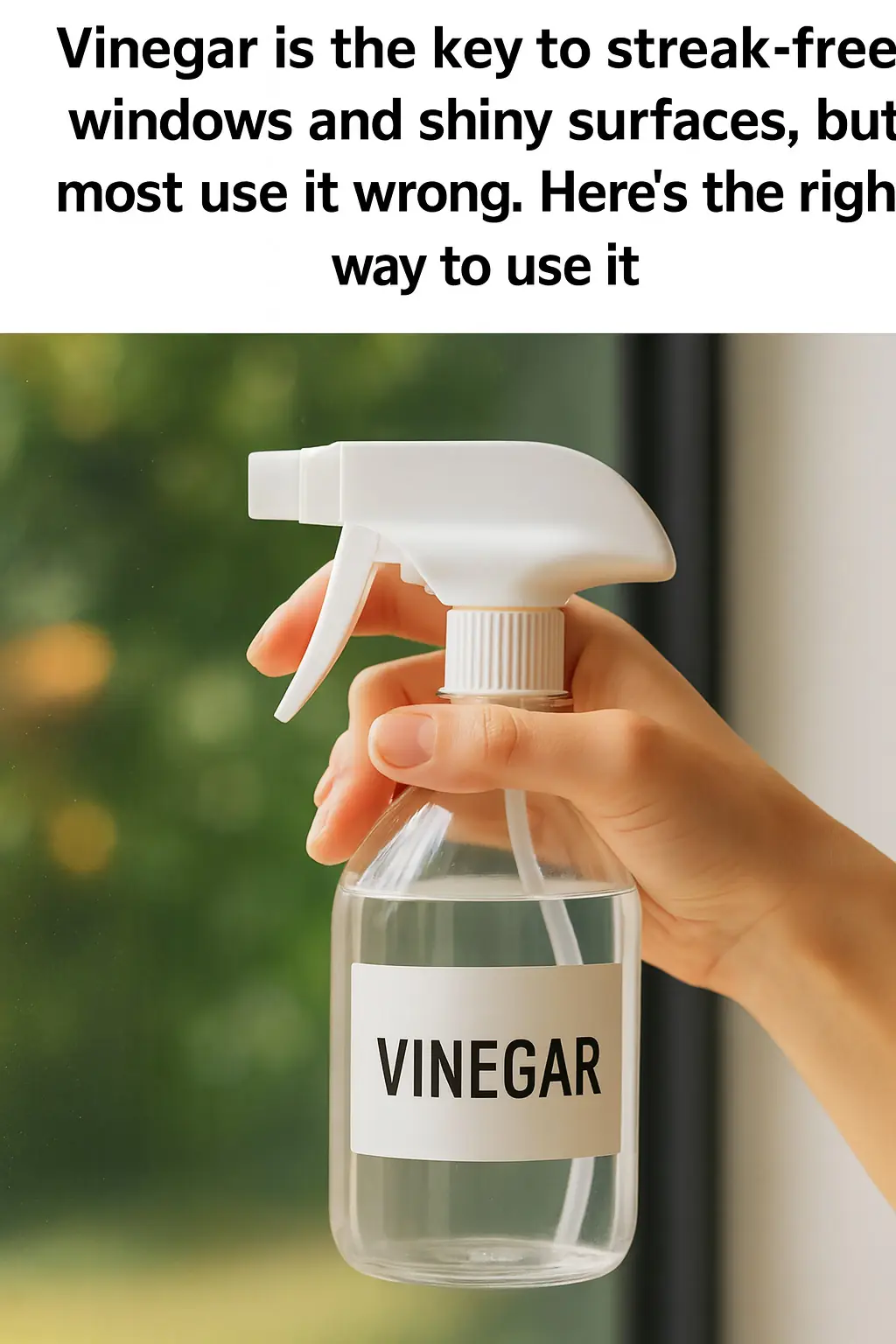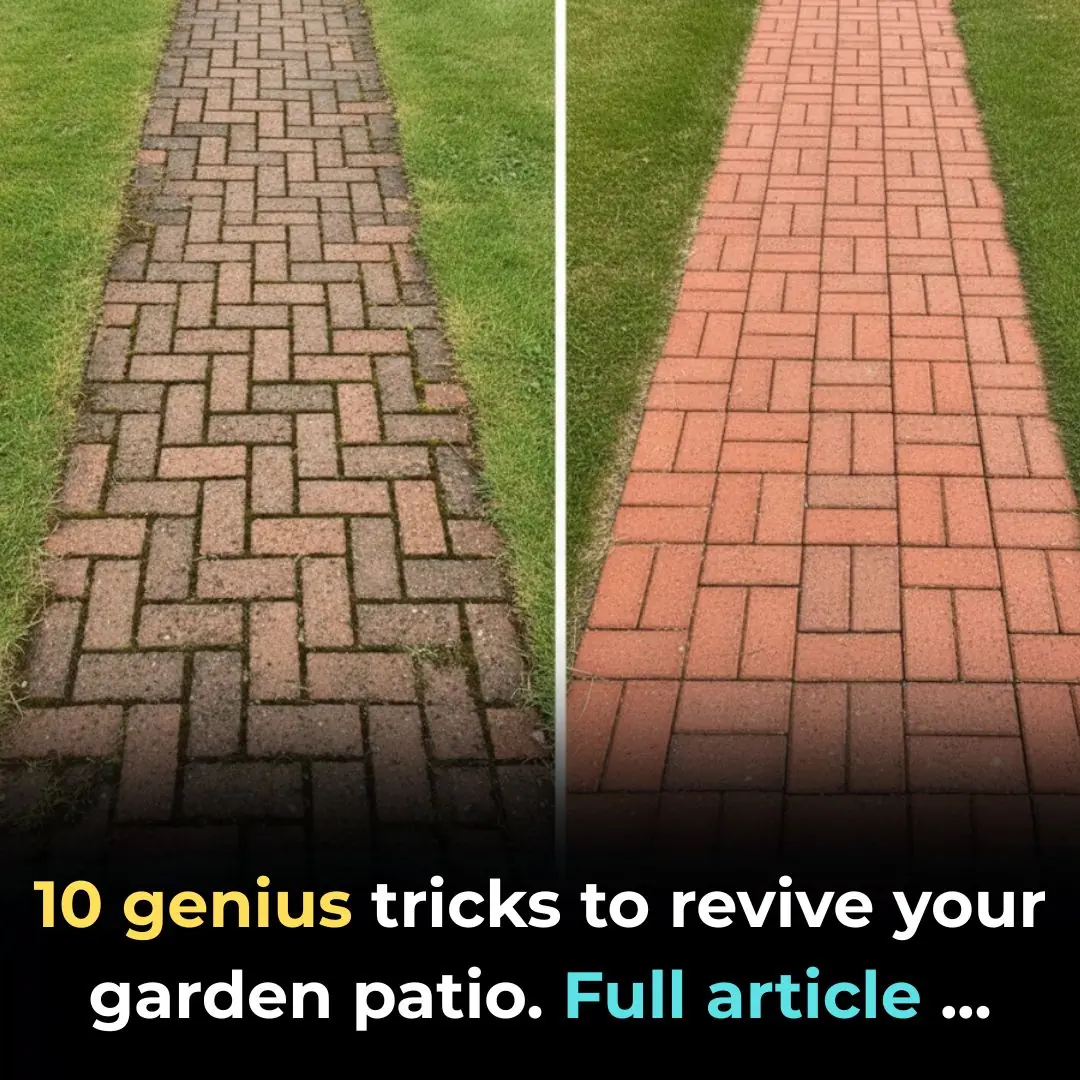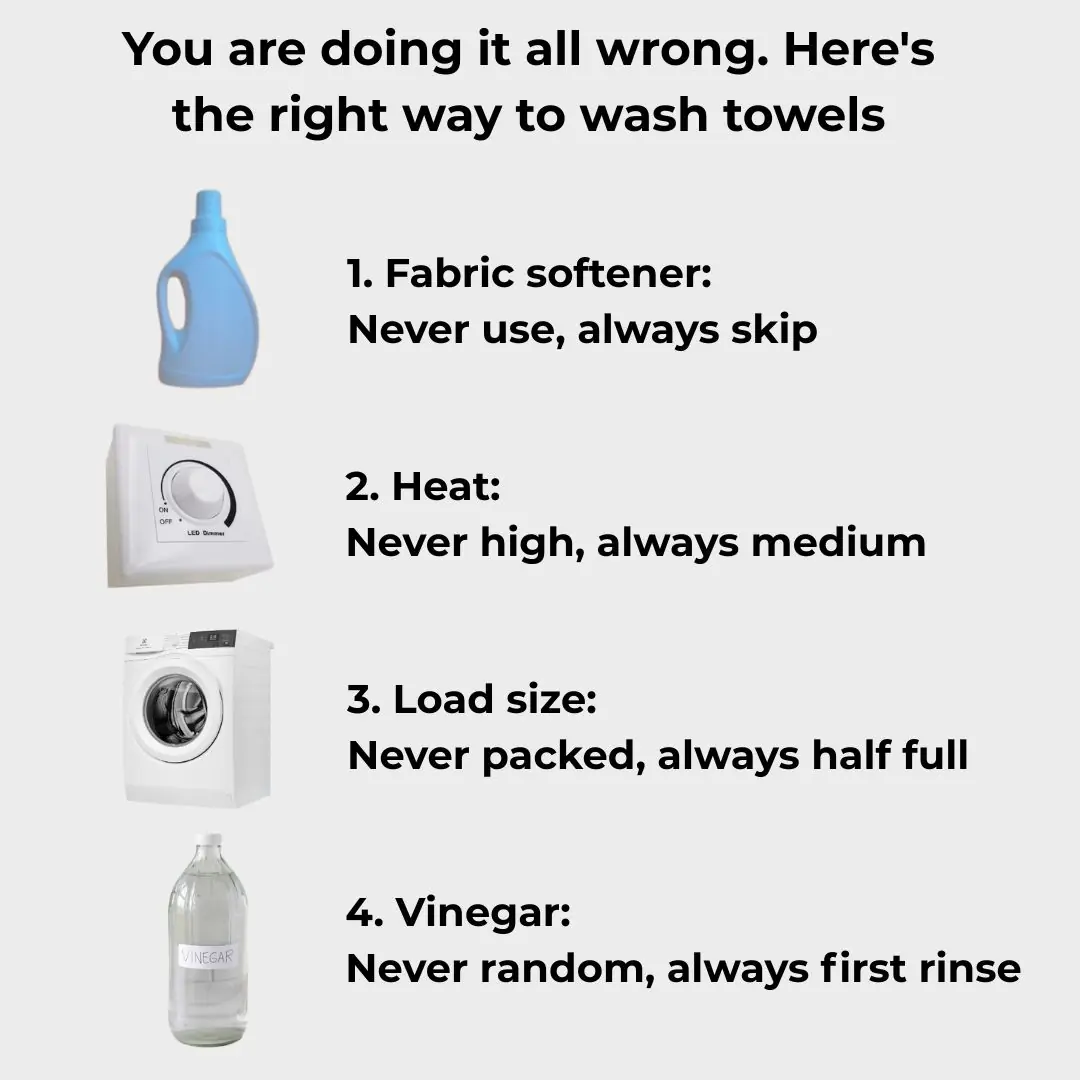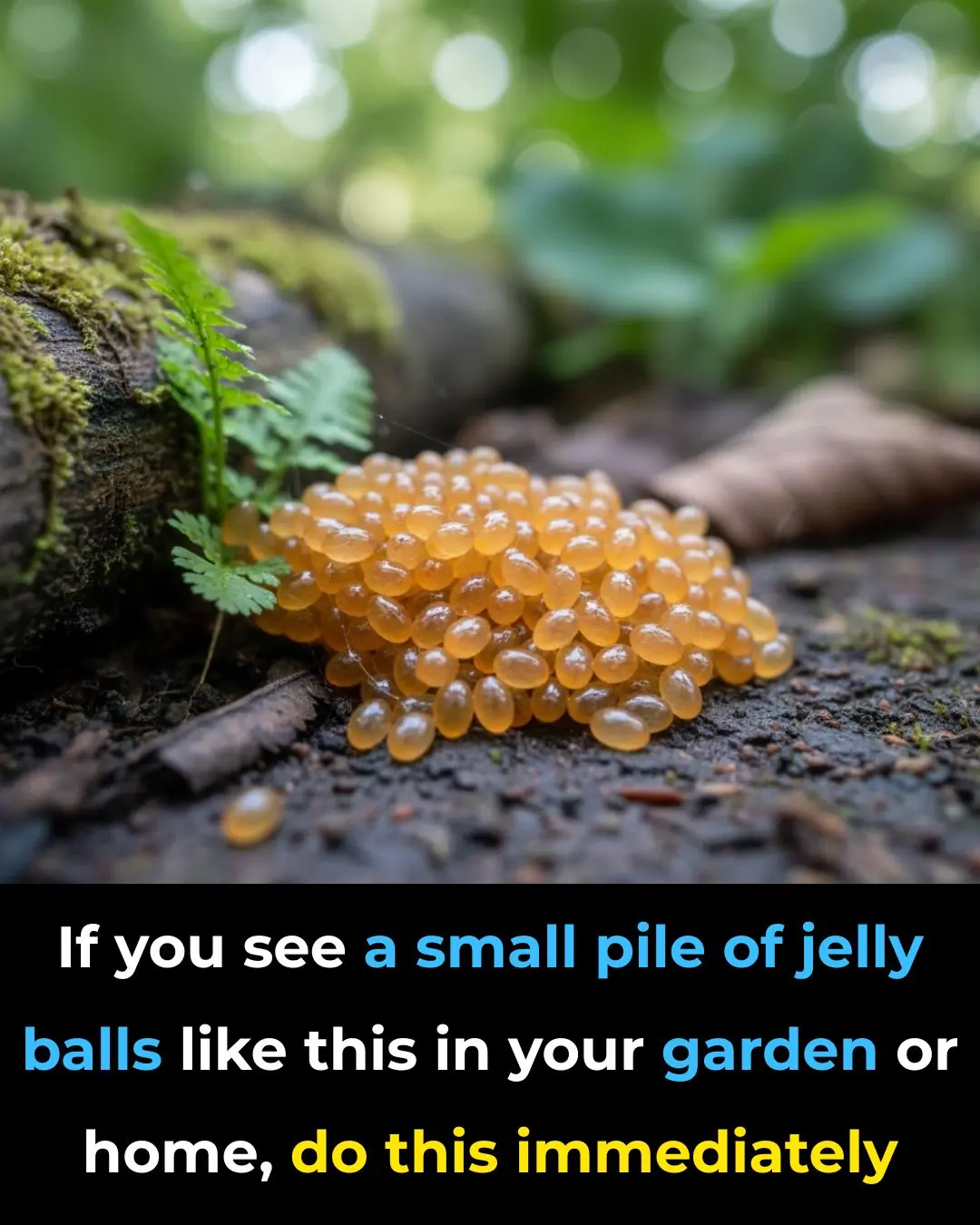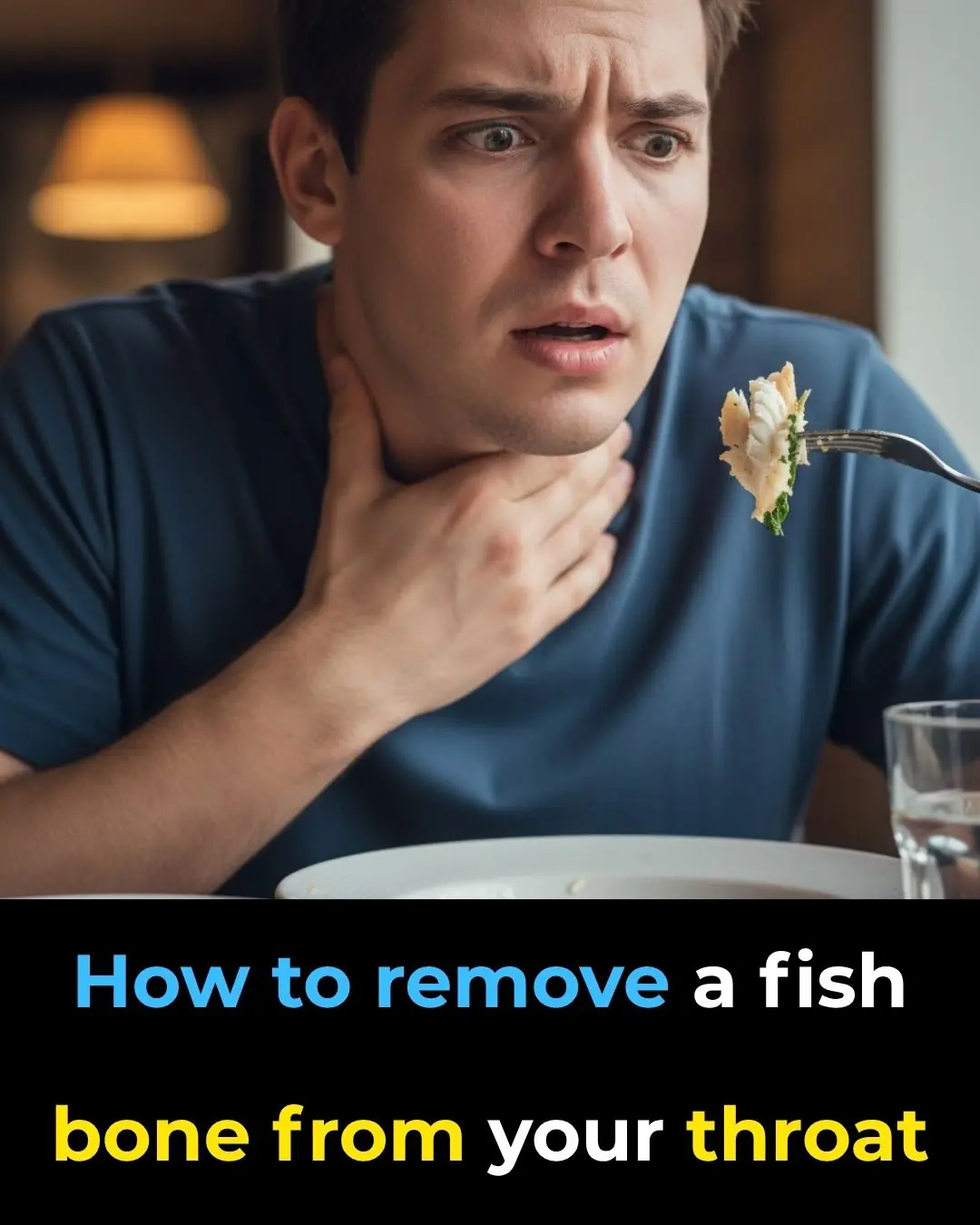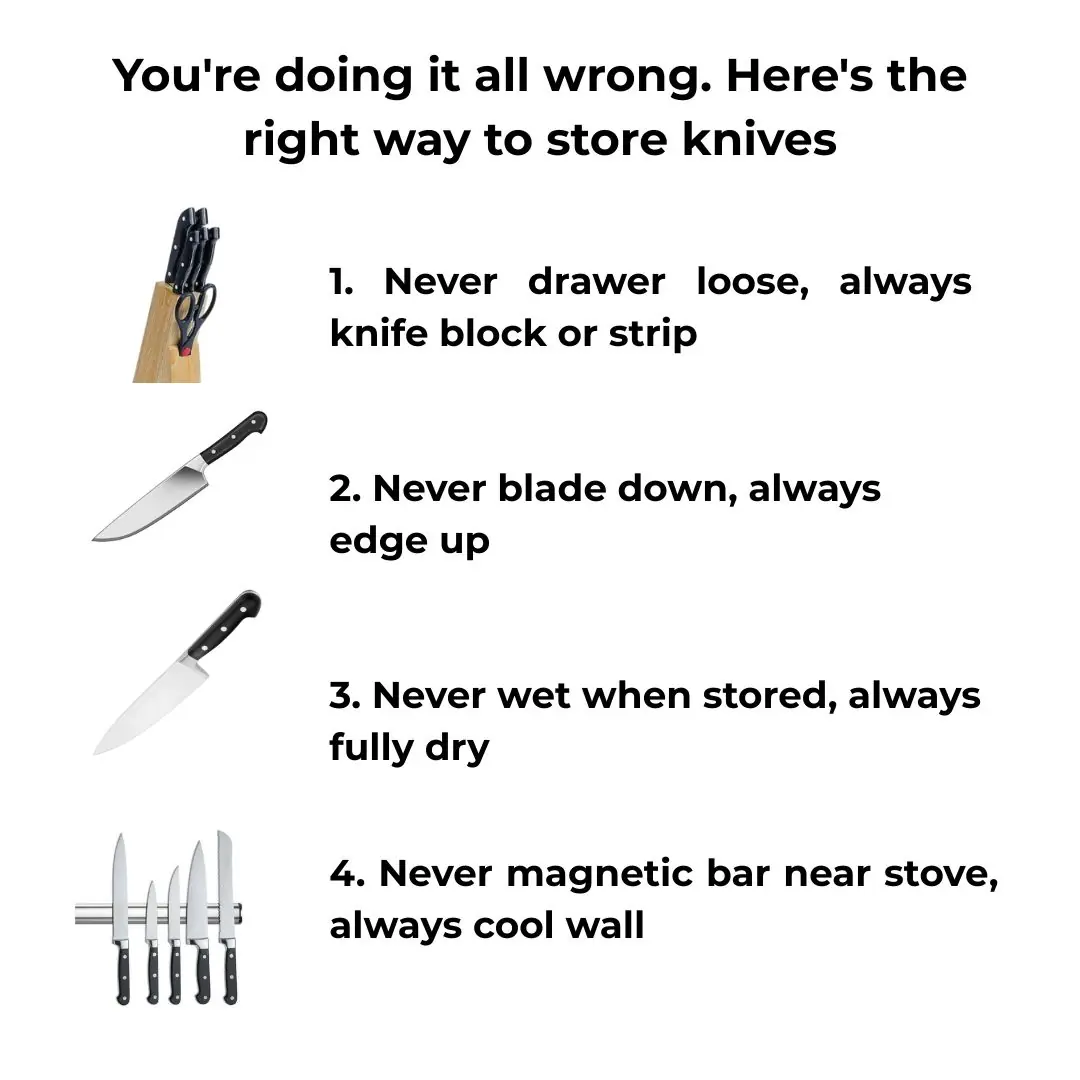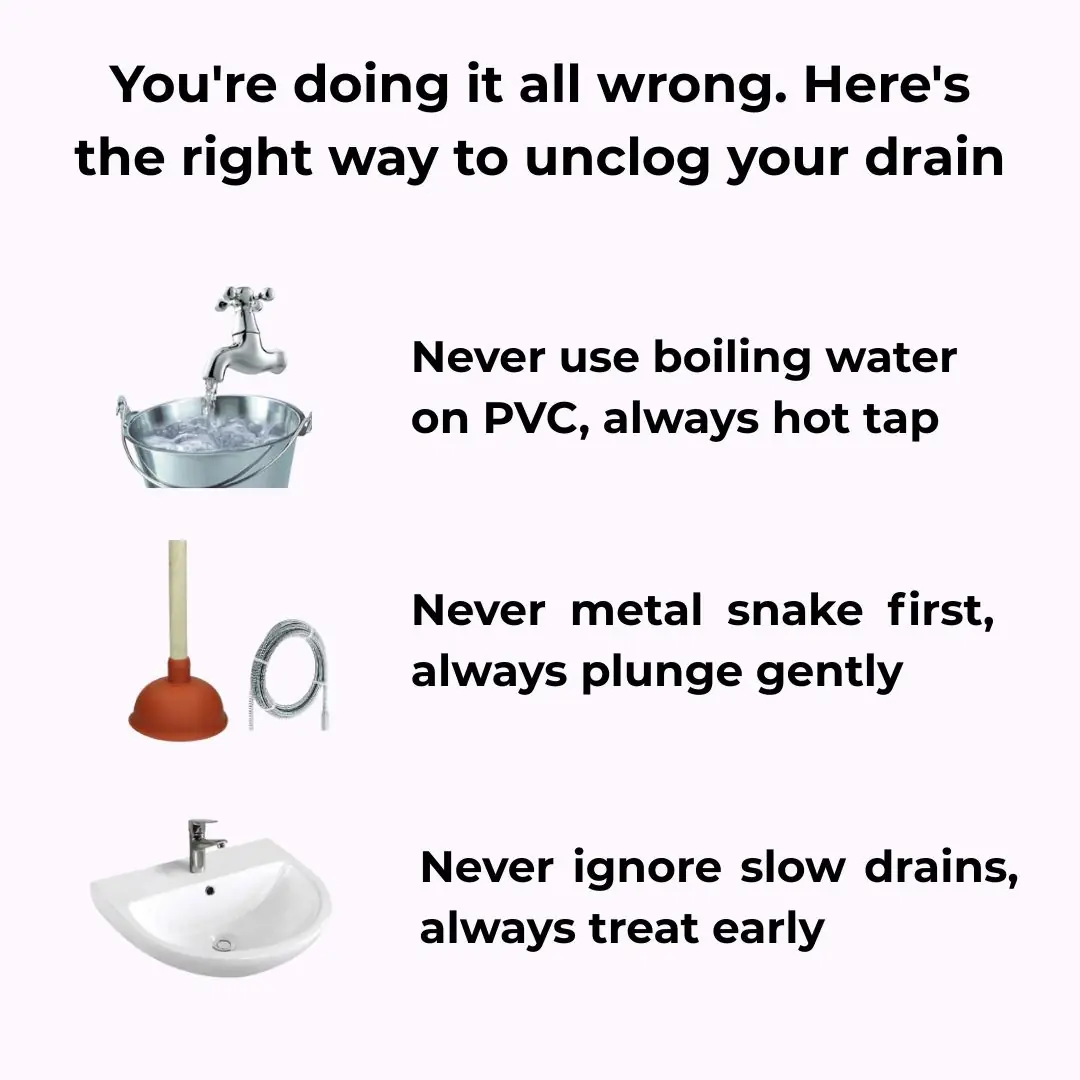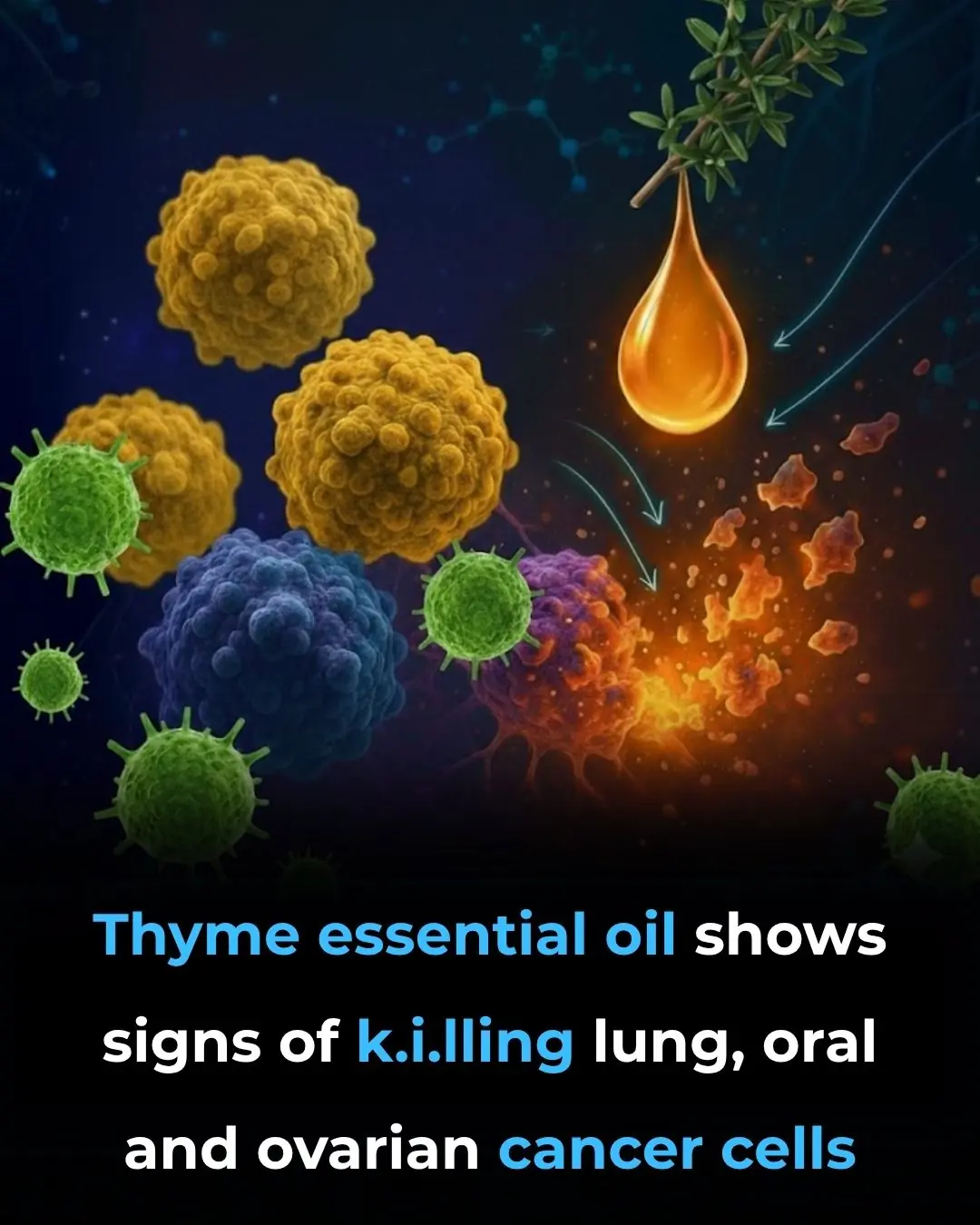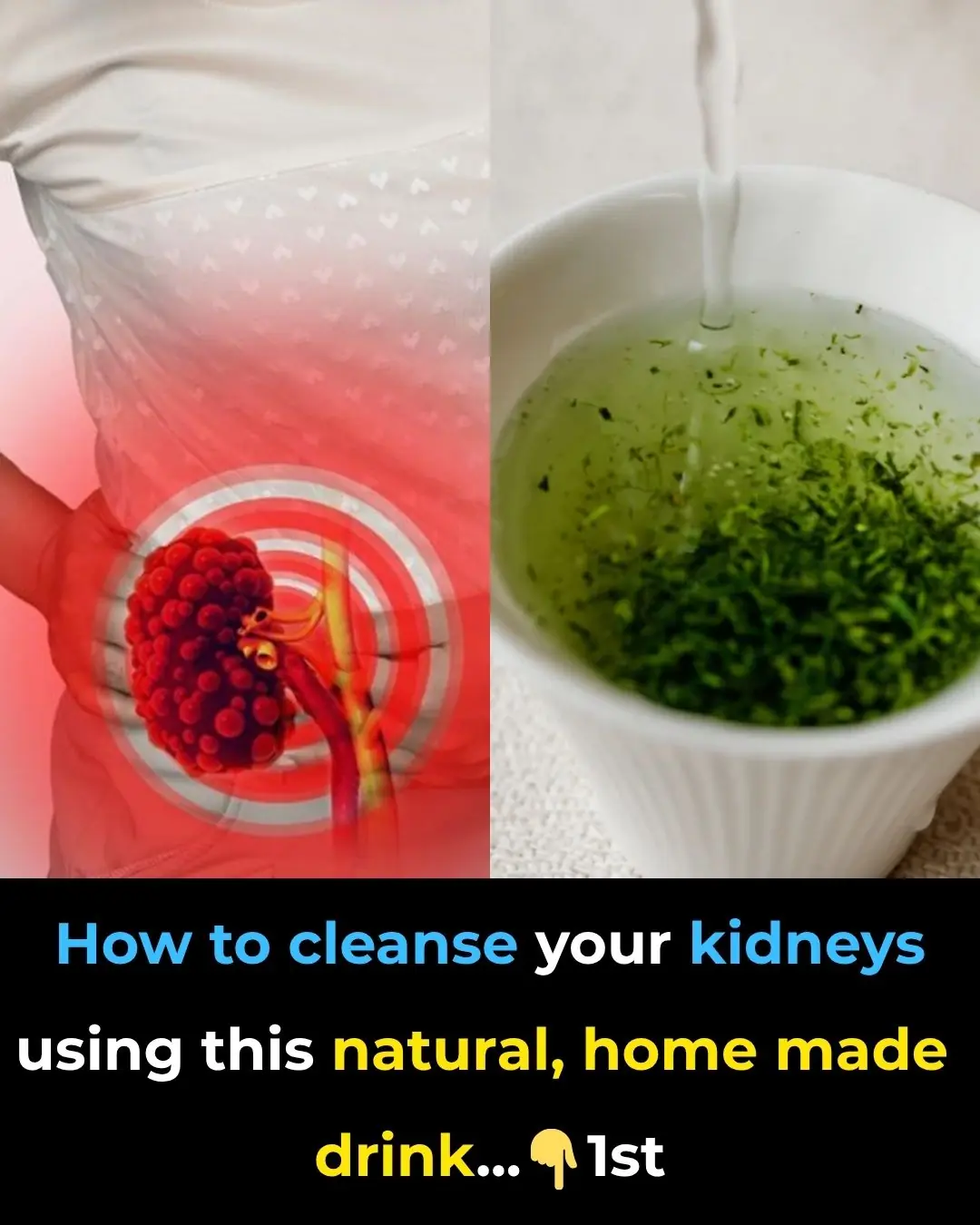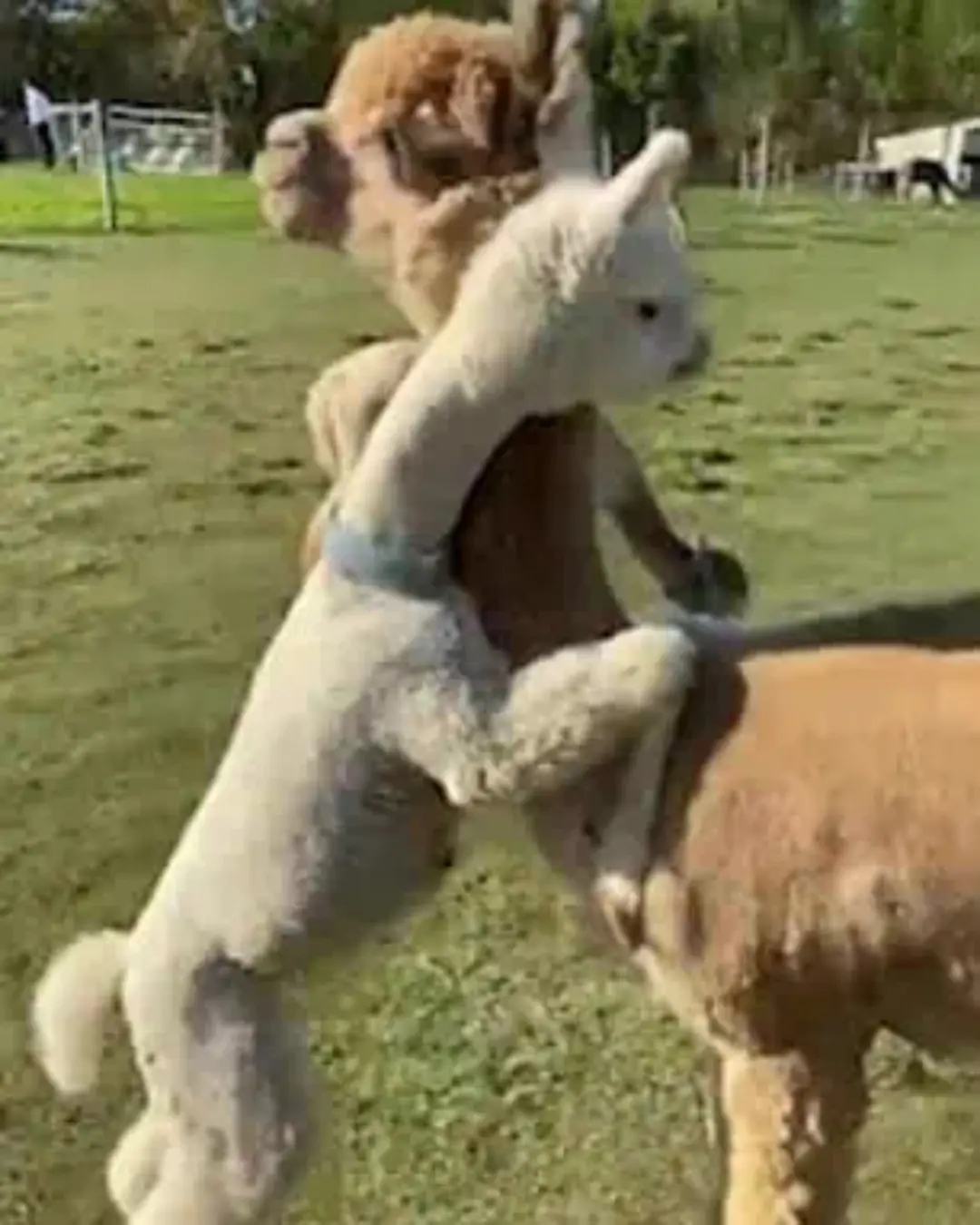Lawn burn is one of the biggest frustrations for pet owners who take pride in a lush, green yard. Those unsightly yellow and brown patches appear almost overnight, often right where your dog has chosen their favorite spot. It can feel like an uphill battle, especially when you’ve already spent time and money on fertilizers, watering, and reseeding.
Fortunately, my nana shared a simple, surprisingly effective household trick that tackles lawn burn in just five minutes — and it requires absolutely zero effort. No expensive lawn care products, no complicated mixtures. Just one humble pantry item.
In this article, I’ll break down what really causes lawn burn, why many popular remedies don’t work, and how Nana’s baking soda hack can make your grass bounce back in no time.
1. What Causes Lawn Burn — and Why It Keeps Coming Back
Dog urine is the main culprit behind lawn burn. It’s rich in urea, a nitrogen-based compound that breaks down into ammonia when it hits the soil. While nitrogen is beneficial for grass in small amounts, an excess acts like an over-concentrated fertilizer — scorching the blades and turning them yellow or brown (Better Homes & Gardens, 2024).
Female dogs often get unfairly blamed because they tend to release urine in one concentrated spot, but it’s really the nitrogen load and repetition, not gender, that causes the problem. Certain grasses like Kentucky bluegrass and Bermuda grass are also more sensitive to nitrogen than hardier types like fescue (The Spruce, 2023).
2. Why Most “Fixes” Fail
Many people try to fix lawn burn with quick store-bought treatments — dog supplements, “urine neutralizing” sprays, or reseeding kits. But these often overpromise and underdeliver. According to The Guardian’s Gardening Experts (2023), most products can’t reverse the chemical imbalance in soil once the nitrogen damage is done.
Changing your dog’s diet rarely helps either, and reseeding can take weeks to blend into existing turf. These fixes may temporarily mask the issue, but they don’t address the root cause — the chemical reaction between nitrogen and soil pH.
3. Nana’s Hack: The Baking Soda Trick
My nana’s hack is delightfully simple: baking soda. She swore by it for decades to neutralize urine spots and prevent new ones from forming. Her reasoning was straightforward — baking soda’s natural alkalinity helps balance soil pH and offset the acidity caused by dog urine.
Instead of using complex fertilizers or lawn repair kits, she’d grab a handful of baking soda and sprinkle it over the yellow patch. According to her, the grass would begin to green up again within days. And honestly, I’ve seen it happen myself.
4. How It Works — The 5-Minute Fix
Here’s how Nana’s method works:
-
Locate the burned or discolored spots.
-
Sprinkle baking soda directly over them — no need for precise measuring.
-
Lightly water the area to help the powder absorb into the soil.
-
Wait five minutes. The baking soda gets to work balancing pH and neutralizing nitrogen buildup.
-
Repeat as needed for new patches.
The simplicity is what makes it genius. You don’t have to dig, reseed, or even scrub. It’s a fast, low-effort, low-cost way to rescue your lawn.
5. Why It’s Zero Work
Most lawn repair hacks involve waiting weeks for regrowth. Nana’s doesn’t. With one household staple, you can halt the chemical damage instantly. Baking soda not only neutralizes nitrogen but also freshens the soil, discouraging lingering odors from pet spots (WebMD Home & Garden, 2024).
No mixing, no measuring, no special equipment — just sprinkle and go.
6. Real-Life Results
Pet owners who’ve tried Nana’s trick often rave about the results. Sarah, a dog owner in Florida, said her patchy lawn “went from spotted to spotless in less than a week.” Another owner, Tom from Oregon, claimed it “worked better than any commercial product — and cost just a dollar.”
Of course, results can vary depending on grass type, weather, and soil quality. But for many, this simple home remedy has proven to be a game-changer.
7. Comparing Nana’s Hack to Other Viral Fixes
The internet is full of viral “dog pee hacks.” Some suggest using vinegar, but experts at The Spruce (2023) caution that vinegar is too acidic and can make the damage worse. Others recommend adding gypsum or lawn tonics, but those can alter soil chemistry in unpredictable ways.
Baking soda, by contrast, is mild, safe, and natural. It doesn’t overcorrect soil pH — it just helps restore balance when applied sparingly.
8. Preventing Lawn Burn in the Future
Even with Nana’s hack, prevention is key. You can:
-
Train your dog to urinate in a designated area (like a gravel or mulch patch).
-
Water the lawn regularly, especially right after your dog goes, to dilute nitrogen concentration.
-
Keep your pet hydrated — more water intake means more diluted urine, which is gentler on grass (PetMD, 2024).
Combining these habits with Nana’s hack can help you maintain a lush, vibrant lawn all year long.
9. Final Thoughts: Simple Wisdom That Works
Sometimes the best solutions aren’t new — they’re passed down. My nana never studied chemistry, but she understood balance: too much of a good thing (like nitrogen) can be bad, and sometimes all you need is a little baking soda to set things right.
In an age of overcomplicated fixes, her five-minute hack is a reminder that simple can still be smart.
Sources:
-
Better Homes & Gardens, “Why Dog Urine Burns Grass — and How to Fix It” (2024)
-
The Spruce, “How to Repair Dog Urine Spots on the Lawn” (2023)
-
The Guardian, “Ask the Expert: What Can I Do About Yellow Dog Pee Patches?” (2023)
-
WebMD Home & Garden, “Pet Odor and Lawn Care Tips” (2024)
-
PetMD, “Dog Urine and Lawn Burn Explained” (2024)



